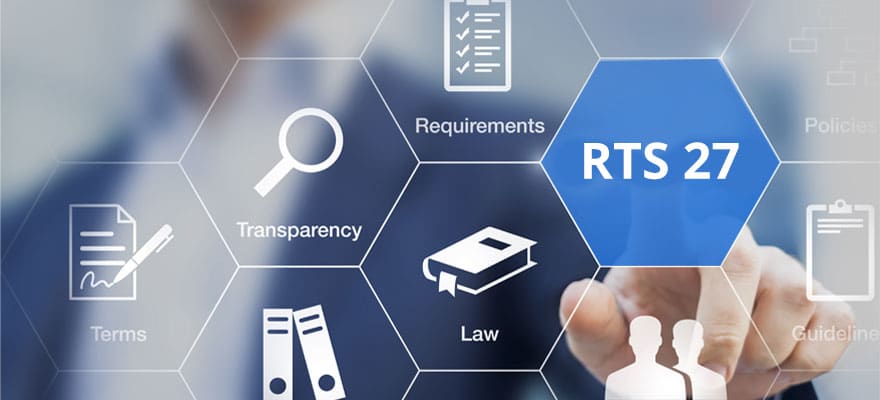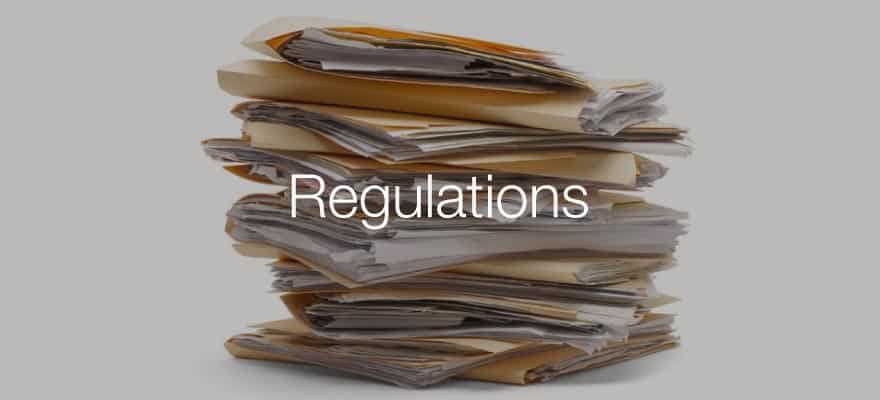EMIR Trade Repositories (TRs) have now started giving reporting entities feedback on their pairing and matching status in the form of an end-of-day report in respect of the new EMIR Refit.
Brokers need to be aware of this process and ensure that their regulatory reporting team (or external provider) is:
- Attending to these reports which come from the TR each day.
- Identifying which counterparties are included in the report as also having a reporting obligation (especially where you had not previously conducted an exercise of preparing for the pairing and matching requirement).
- Understand why there are mismatches in paired transactions.
- Liaising with counterparties to align the relevant fields to prevent re-occurring mismatches.
- Making changes to the reporting systems and processes where necessary.
Let us explore the pairing and matching process undertaken by the LSEG Regulatory Reporting TR.
What Is Pairing and Matching?
Pairing is the process where the TR identifies and pairs the two sides of the same transaction using the following fields:
- Unique Transaction Identifier (UTI),
- Counterparty 1, and
- Counterparty 2.
Matching is the process the TR does (after successful pairing) to match certain fields of the 2 reported sides of a trade.
Once the trades are paired, you will be able to see the values your counterparty reported that didn’t match (see example below).
How Does Pairing and Matching Benefit a Firm?
Pairing and matching is great when it works, as it allows a firm to see what values their counterparty has reported. This allows a kind of real-time audit and reconciliation between the 2 parties so that if one party gets a value wrong, hopefully their counterparty will get it right. The parties will then engage in dialogue on their conflicting data values and improve their process in near real time.
What Are the Relevant Fields and Do They Need to Match Exactly?
Firstly, the TR doesn’t necessarily try to pair every trade. The pairing is only attempted if the field “Reporting obligation of counterparty 2” is set to “TRUE.”
Secondly, whilst there is pairing between TRs in the same jurisdiction, there is currently no formal pairing across jurisdictions, i.e. a trade done by an EU investment firm with a UK investment firm will not be paired.
There are a total of 89 fields that are eligible for reconciliation but a lot of them are only relevant to certain asset classes or trading venues.
Some fields have reconciliation tolerances to allow for different timing and rounding and other factors that may result in a different value from each counterparty being “normal.”
To see our comprehensive Table click here and be directed to the full version of the article.
Brokers should make sure they are attending to these pairing and matching reports each day. Review the recommended action items above and make sure you understand where your reporting standards need to get to. Ensure that there is a clear record of constant improvement in your arrangements with counterparties to make sure that mismatches in reporting are rare, rather than systemic.

















